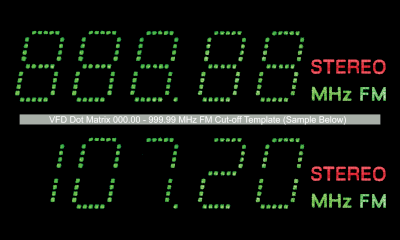What Is a Vacuum Fluorescent Display?

Vacuum fluorescent displays (VFDs) are a type of display technology that uses an electron tube mechanism to illuminate a phosphor coating, producing light. Developed in 1966 by Noritake Ise Electronics in Japan, VFDs were a precursor to LEDs in displaying information on electronic devices.
Applications of Vacuum Fluorescent Displays
VFDs are utilized in various fields, from home appliances and automotive displays to amusement products and digital signage. Their vibrant blue-green light enhances visibility and aesthetic appeal, functioning well in diverse temperature conditions.
Principle of Vacuum Fluorescent Displays
A VFD operates by heating a filament to emit electrons, which then collide with a phosphor coating to produce light. This process involves components such as the filament, grid, and anode within a vacuum glass tube, allowing for precise control over which segments light up.
How to Choose a Vacuum Fluorescent Display
When comparing VFDs with other display technologies like LCDs, LEDs, and Organic EL displays, consider factors such as viewing angles, contrast ratios, operating temperatures, cost, and display density. While VFDs offer unique benefits such as high visibility and low-temperature performance, they may suffer from phosphor degradation and burn-in over time.